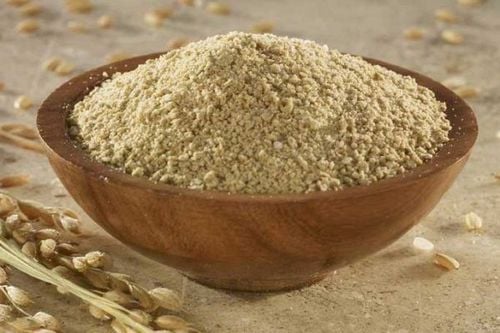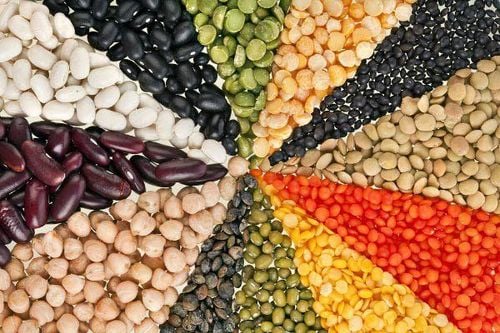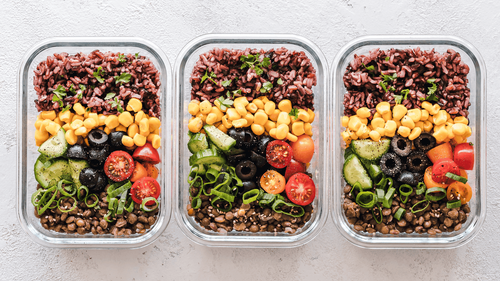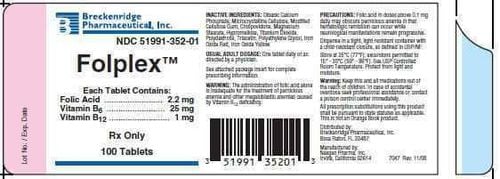This is an automatically translated article.
Rice bran is one of the finished products obtained after milling the rice grain. The nutritional composition of rice bran is quite rich, so it has long been collected and traded on the market in parallel with rice. Uses of rice bran include being used as feed for livestock and animals, making dry bran cakes and processing into cooking oil.
1. What is rice bran?
A rice grain is made up of a central part called the endosperm, which later becomes the grain of rice when it has been milled. The outermost husk will be removed because it has no nutritional value. Rice bran is the part between the endosperm and the husk, accounting for 10% of the weight of the unprocessed rice grain. Some studies have shown that rice bran accounts for up to 60% of the nutrient content of rice grains.
Along with the main product is rice grain, rice bran is an ingredient that is collected for trading in the market because of its high nutritional value. Rice bran is a fine powder, ivory brown in color. Rice bran immediately after milling is usually in the form of wet bran. To preserve longer, people will dry to form dried bran. 90% of the world's rice bran source comes from Asian countries.
2. The main nutritional ingredients in rice bran
Because of its rich nutritional content, rice bran is used to sell to the market without being thrown away. B vitamins, vitamin E, and unsaturated fats are found in rice bran. In addition, the nutritional composition of rice bran also includes:
Fiber Potassium Zinc Calcium Protein Sugar

Cám gạo có chứa nhiều thành phần dinh dưỡng khác nhau
3. What is the use of rice bran?
Although it contains many nutrients, but for the above reasons, rice bran is not used by humans. The most common use of rice bran is as food for animals such as pigs and fish. When used as fish food, rice bran is cooked, then mixed with chopped vegetables and small fish. This food source provides many nutrients such as vitamins, fats, and protein. According to the farmer's experience, rice bran should be mixed with pureed rice to increase the cohesion of the ingredients.
Another use of rice bran is oil production. Although bran oil is not as widely used as other oils, it is still a healthy food because it is rich in unsaturated fats. In addition, bran oil is also a rich source of vitamin E, so it is gradually being applied in the field of cosmetology as raw materials for the production of cosmetics and functional foods.
In short, the nutritional composition of rice bran is quite rich and currently people are continuing to research to come up with many products from rice bran to serve many different purposes in life.
Please dial HOTLINE for more information or register for an appointment HERE. Download MyVinmec app to make appointments faster and to manage your bookings easily.













